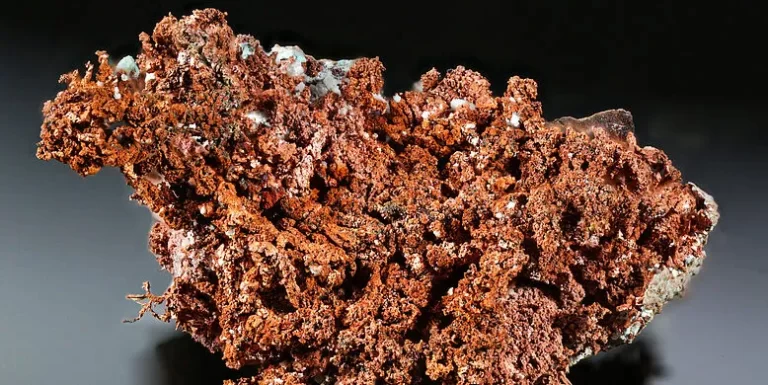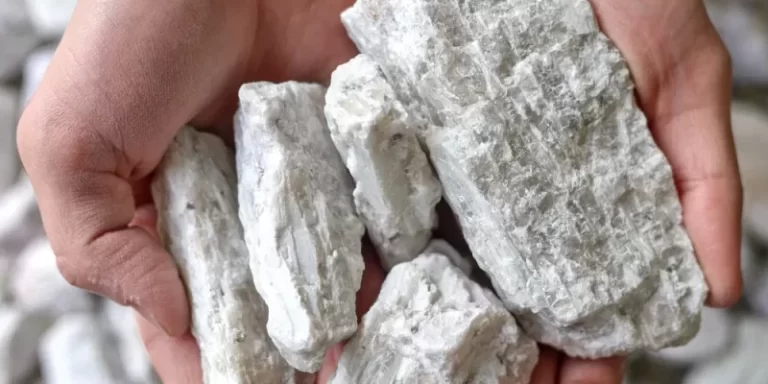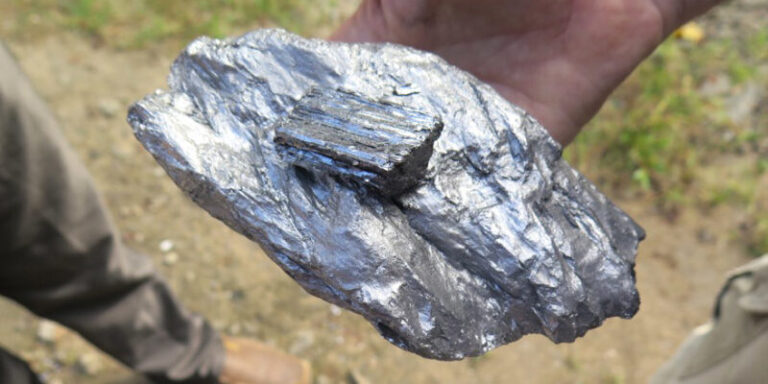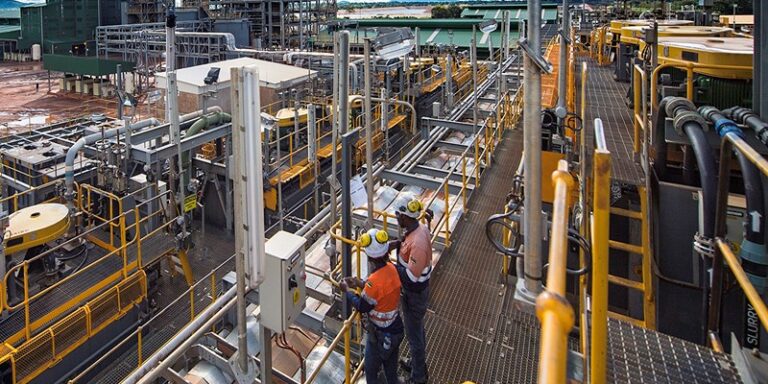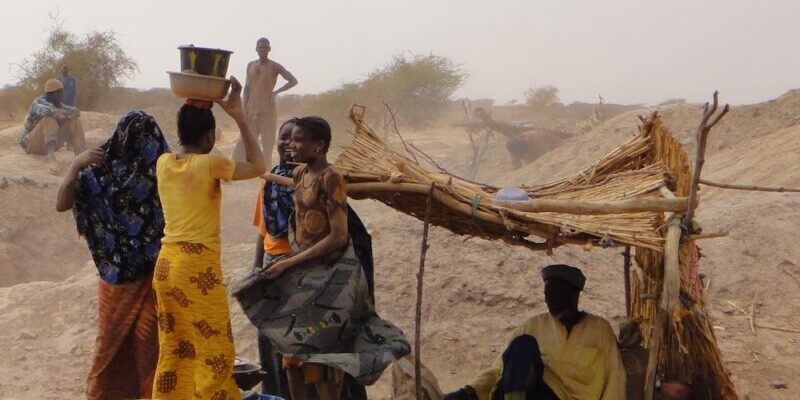
As the demand for metals continues to rise due to various factors including climate change mitigation efforts, miners face the challenge of effectively managing community resettlement.
The increasing need for metals is driven by the push towards achieving net zero emissions by 2050 and addressing the effects of climate change.
This demand stems from various sources such as renewable energy technologies like solar panels and wind turbines, the electrification of transportation systems, and the requirement for enhanced power infrastructure.
Furthermore, the necessity to upgrade, replace, and construct new infrastructure to counteract the impacts of climate change adds to the demand for metals.
For instance, coastal cities must invest in projects such as sea walls, drainage systems, and other facilities to adapt to rising sea levels and other climate-related issues.
Critical minerals essential for the energy transition encompass a range of elements: copper, lithium, nickel, manganese, cobalt, graphite, chromium, molybdenum, zinc, rare earths, and silicon.
The execution of effective management and adaptation strategies will involve substantial quantities of materials like iron ore.
Despite endeavors to explore substitutions, enhance recycling techniques, adopt advanced technologies to lessen mineral demand, and even the potential of deep-sea mining, the requirement for minerals extracted through conventional methods like open pit and underground mining remains substantial.
This underscores the importance of miners addressing the challenges of community resettlement and sustainable practices as they strive to meet the soaring demand for these vital resources.


